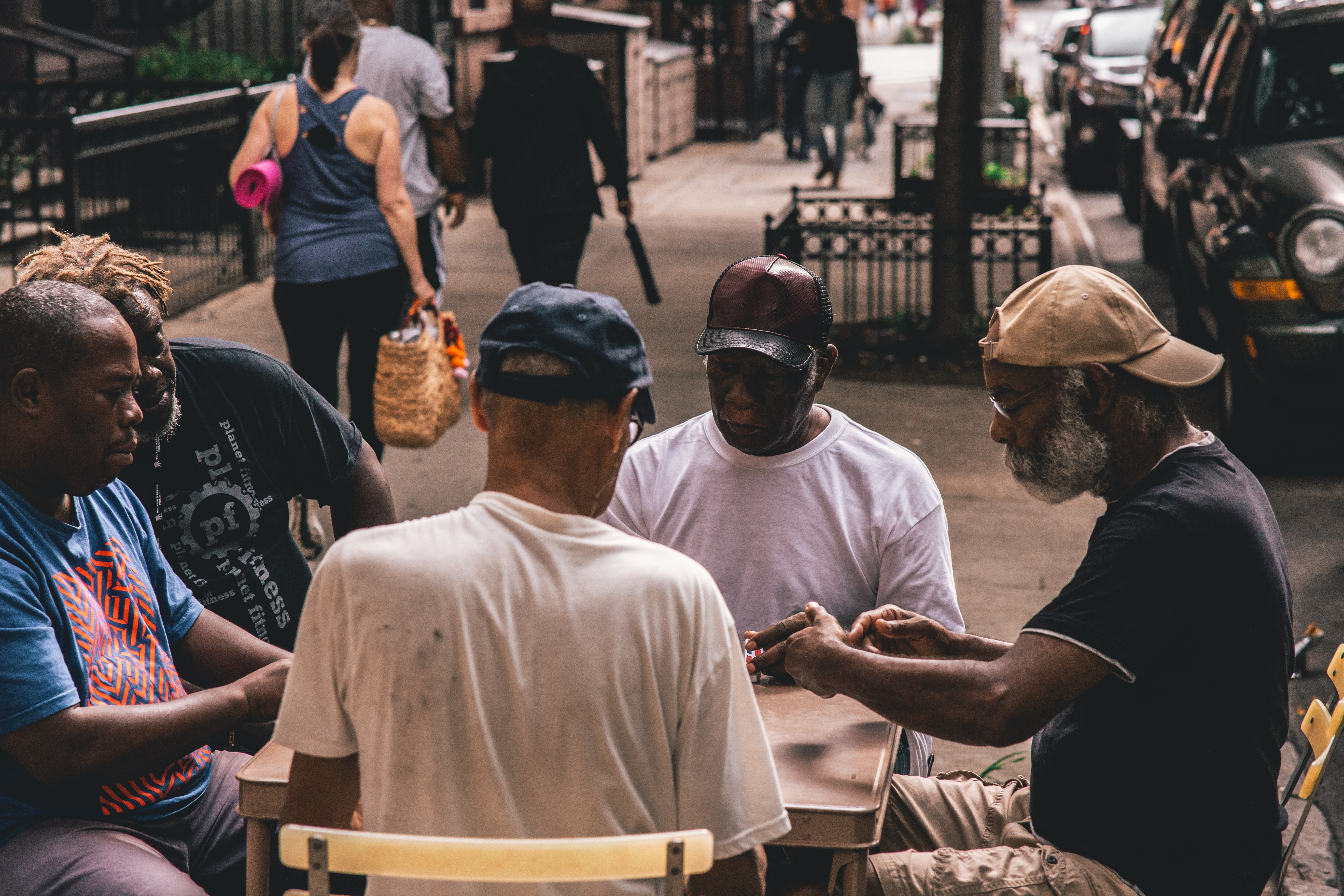
This guest post is by Dr. Alexis Travis, Senior Deputy Director, Aging and Adult Services for the Michigan Department of Health & Human Services.
Healthy aging. The phrase evokes images of older adults riding bikes, working in a garden or eating healthy foods. Healthy aging is so much more than activities older adults engage in each day. No one wakes up one day in their 60s in sudden good health. Healthy aging is part of the life continuum, meaning it's influenced by what happens to us across our lifetime and by the conditions in the social and physical environments in which people are born, live, play, and work. Race, ethnicity, gender, sexual identity, age, disability, income, and ZIP code all contribute to an individual's ability to achieve good health and receive appropriate health services over the course of a lifetime.
Racism, sexism and classism are huge drivers of health inequities, both historically and presently in 2020. Look at the current pandemic and the way COVID-19 has ravaged communities of color. Let’s take a look at the Black and African American community. In Michigan, Black and African Americans make up 10.9 percent of the population of adults age 60 and over. When it comes to COVID-19, Black and African Americans age 60 and over represent 30 percent of cases and 37 percent of the deaths. These figures have left some scratching their heads as to why, but the answer is simple: health inequities. Pre-existing chronic conditions such as diabetes, hypertension and obesity disproportionally impact the Black and African American community.
The toll of racism on the health of Black, Indigenous and People of Color (BIPOC) cannot be ignored. From micro-aggressions, to navigating overt interpersonal and systemic racism, BIPOC are exposed to physical and mental stressors that adversely affect health outcomes. In Michigan, life expectancy for Black and African American men and women is significantly less than white men and women. In 2018, life expectancy for white men was 78.7 years and 81.1 years for white women, whereas life expectancy was 69.1 years for Black and African American men and 76.2 for Black and African American women. Healthy aging for all is impossible unless we as a society focus on health equity and addressing racism as a public health crisis.
Older adults in Michigan have also fared worse through the current pandemic. Although they make up 24% of the population in the state, they account for 33% of cases and 87% of deaths in the state. This is not surprising given the higher incidence of chronic diseases in the older adult population, but ageism is also a factor that deters individuals from engaging with the health care system. In a brief published by the National Poll on Healthy Aging just last week, 82% of older adults reported they experienced everyday agism, including exposure to ageist messages, agism in interpersonal interactions and internalized agism.
So how do we achieve healthy aging for all? Late last year, Michigan became the first state in the Midwest and fifth state in the U.S. to achieve the World Health Organization/AARP Age Friendly designation. I’m proud that we have centered diversity, equity and inclusion in our approach to the age-friendly initiative, which is intended to address a number of health inequities across eight areas of focus. We know that when a community is age-friendly, it is friendly to all ages by creating an accessible environment. If we make communities livable through policies that champion respect and inclusion, community and health services, we will improve health outcomes for all ages and races.


